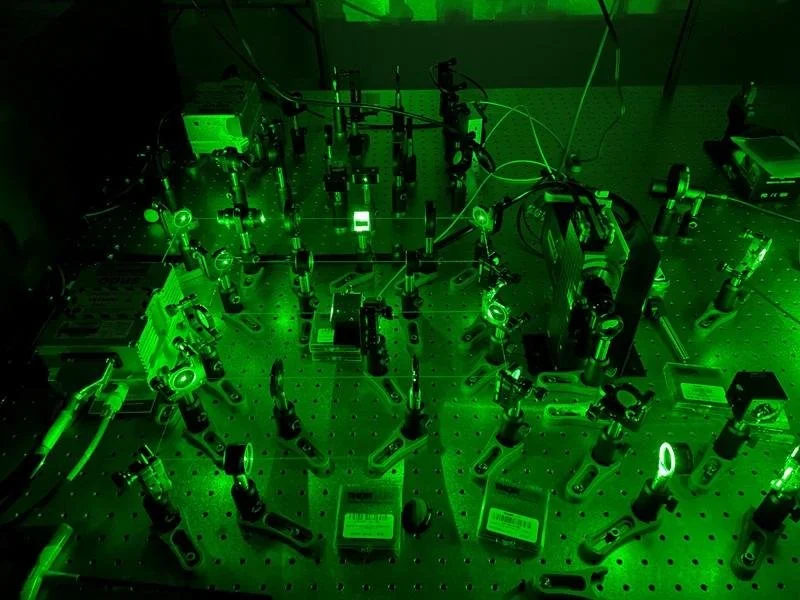Quantum leaps by CSIRO: seven recent breakthroughs
CSIRO is developing quantum technologies to help make the Brisbane Olympic Games more accessible, replace daily insulin injections, understand the huge amounts of data our world generates, and much more.
CSIRO’s quantum sensor uses lasers to detect iron levels in blood serum with greater accuracy, offering a potential breakthrough in diagnosing iron deficiency globally.
Quantum science is helping develop new technologies that have the potential to solve some of the world's greatest challenges.
Some quantum technologies are a reality right now, but others are still just at the early research stage.
CSIRO’s quantum research focuses on sensors, computing and communications.
You’ve probably heard the term ‘quantum leap’, meaning a ‘sudden, significant, or very evident (usually large) increase or advance’.
But quantum leap isn’t a science term. Nor is ‘quantum’ about anything large at all. In fact, quantum explains the behaviour of the world at the smallest scale.
By harnessing how things work at this quantum level, science is developing new technologies that have the potential to change how we do medicine and healthcare, energy, computing, mineral exploration, finance, communications and more in the future.
Some quantum technologies are a reality right now, for example MRI machines are based on quantum phenomena. Quantum computers, which promise to solve problems we can’t solve now, exist but are at the early stages of development. Quantum batteries, for example, which have the potential to revolutionise energy storage, are still at the very early stages of moving from theory to experimentation.
In this International Year of Quantum Science and Technology, find out about some of the breakthroughs CSIRO and partners are working on to help quantum technologies leap into reality.
Related articles







